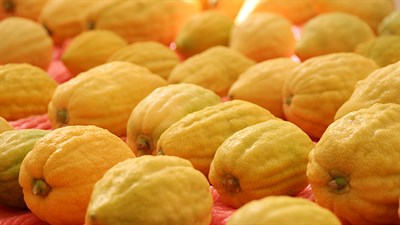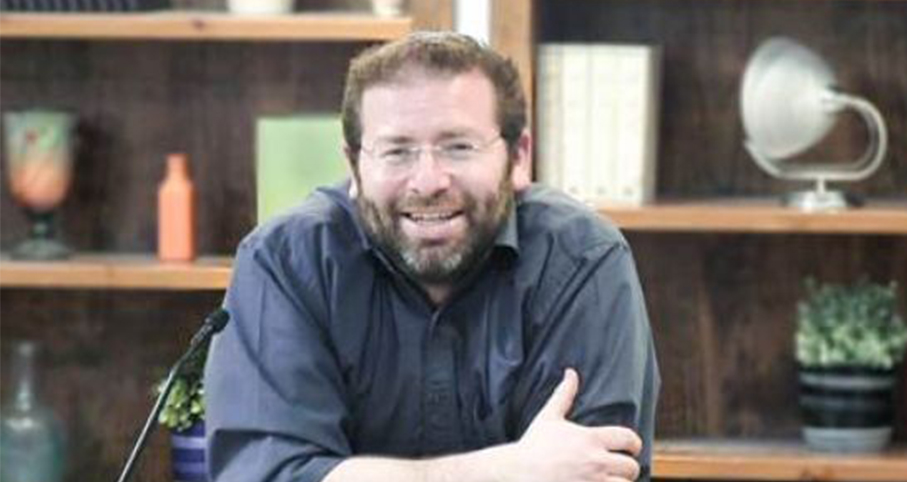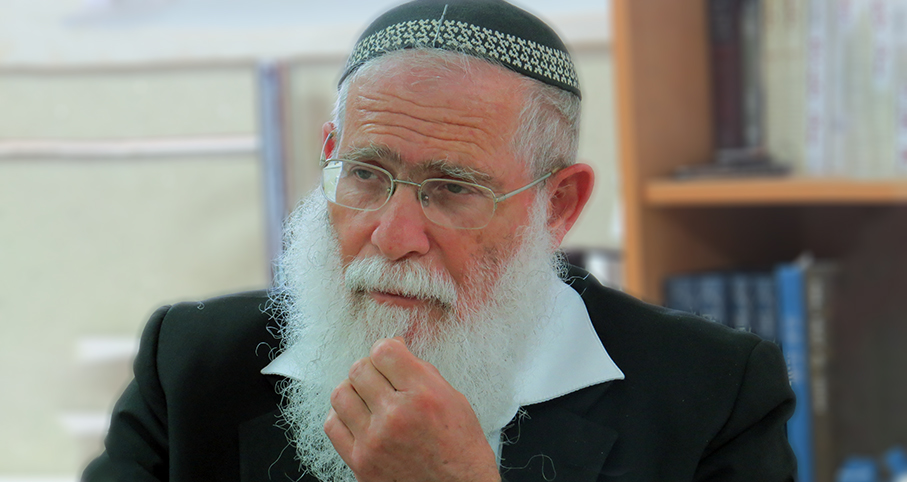articles on Sukkot

Yom Kippur And Succot
At first glance one may think that these two special days stand in stark contradistinction one from the other, and yet there is an underlying theme that binds them together.
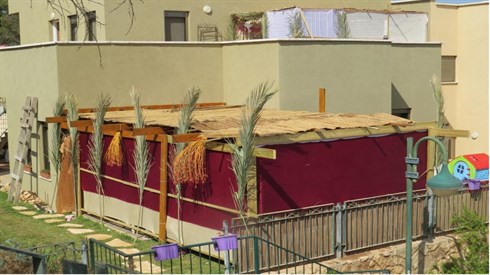
Together in the Sukkah
The mitzvah of joy on Sukkot includes not only family members, but also the poor and lonely. A primer for the holiday.
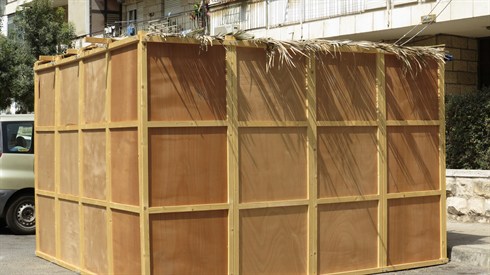
Dwelling in God's Palace
Early authorities ask: Why does the Torah enjoin us to commemorate the Clouds of Glory of all things. Why not the Manna? Why not Miriam's Well? After all, the presence of these miracles may have been even more important than the Clouds of Glory.

The Commandment of Hakel
The whole nation "the men, the women, and the small children, and your stranger who is in your cities" gathers in the Temple.
Lessons on Sukkot

Tree Tastes Like the Fruit
Rav Kook explains why the Abarbanel (Dvarim 16) writes that just as Pesach celebrates Am Yisrael, and Shavu'ot- Torat Yisrael, Sukkot represents a microcosm of Eretz Yisrael! The common denominator between many aspects of the holiday and her mitzvot is that the ideal world, as was meant to be created, is to have taste in the tree (preparations), and not just in the fruit, an essential greatness in Eretz Yisrael and the Sukkah, where even the mundane is holy.
Rabbi Ari Shvat | Tishrei 5786

When You Harvest
Rabbi Yossef Carmel | Tishrei 5785
Filling the Vacuum – Literally
Rabbi Yehuda Zoldan | 14 Tishrei 5784
The Four Species of Sukkot - Victory!
Rabbi Yosef Nave | 14 Tishrei 5784

All Citizens in Israel
From V’samachta B’chagecha, p. 6
From V’samachta B’chagecha, p. 6
Rabbi Shaul Yisraeli zt"l | 12 Tishrei 5784

Building a Sukka on Public Property
Rabbi Daniel Mann | 12 Tishrei 5784

Gifts to the Poor
Rabbi Yirmiyohu Kaganoff | 12 Tishrei 5784

